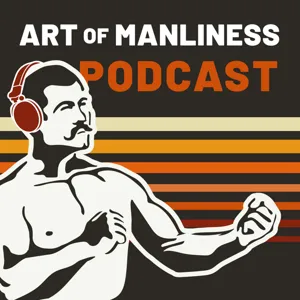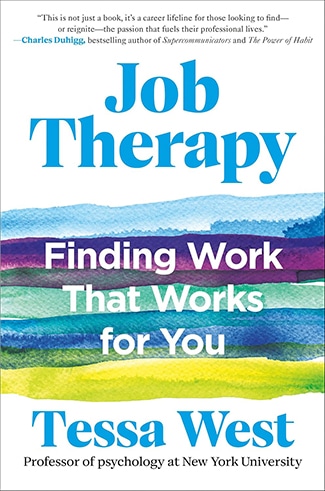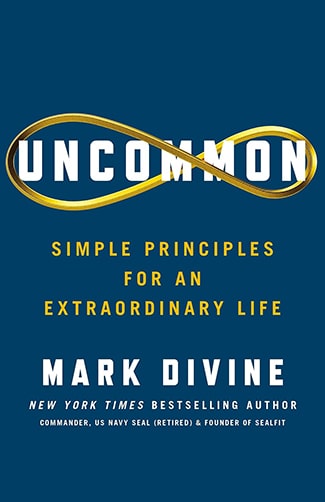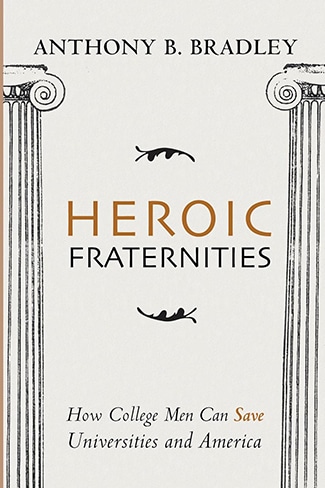Podcast Summary
Oral history of D-Day: The importance of preserving firsthand accounts of historical events, especially D-Day, through oral history to understand the human stories behind history's most significant moments.
Learning from this conversation with Gerrit Graff is the importance of preserving firsthand accounts of historical events, especially those as monumental as D-Day. Graff's oral history, "When the Sea Came Alive," provides a unique perspective on the planning and execution of the invasion, drawing on quotes from over 600 participants. Graff was inspired to create this comprehensive account due to the dwindling number of firsthand accounts as the event shifts from memory into history. The book offers a raw, unfiltered look into the experiences of soldiers, sailors, civilians, and leaders, providing insight into the fear, uncertainty, and heroism that defined that day. Graff's meticulous process involved compiling over 5,000 oral histories, resulting in a 500-page book that offers a diverse representation of voices from various nationalities and roles. Overall, "When the Sea Came Alive" serves as a testament to the power of oral history in bringing us closer to understanding the human stories behind history's most significant moments.
D-Day Invasion: The largest sea armada in history, involving over a million combatants and 5,000 ships, was assembled for the D-Day invasion on June 6, 1944. Ordinary experiences, like the first waves at Omaha Beach, were extraordinary and resulted in significant losses for some units. The stories of individual soldiers add to the epic scale and impact of this pivotal moment in human history.
D-Day, the invasion of Normandy on June 6, 1944, was the most epic and monumental human endeavor in history. With around 5,000 ships involved, over a million combatants on the move, and 160,000 troops in the first invasion wave, it was the largest sea armada ever assembled. The planning and execution required getting every item to the right place at the right time. Despite the personal experiences being small, the macro scale was immense. As Andy Rooney and Ernest Hemingway noted, no one can tell the whole story because each of the 60,000 men who waded ashore knew only a part of it. The ordinary experiences of that day, like the first waves at Omaha Beach, were extraordinary, with company a and b of the 100 and 16th infantry regiment, the 29th division, losing most of their members. The stories of individual soldiers, like those in Bedford, Virginia, are just a few of the many epic tales that emerged from that day. D-Day's scale and impact continue to fascinate historians and the public, making it a pivotal moment in human history.
D-Day preparation: Thorough planning and engineering feats like portable harbors were crucial for minimizing human cost during D-Day, involving 2M tons of steel and concrete, 70 old navy ships, and every tugboat in the British Isles.
The preparation for D-Day, which began an entire year before the actual event in 1943, was an incredibly thorough and complex undertaking. The planning and training phases were crucial in minimizing the human cost during the invasion itself. Lieutenant General Frederick Morgan, a British General, played a pivotal role in this organization called Cossack, which planned for D-Day. One of the most intriguing aspects of the planning phase was the construction of portable harbors called mulberries, which required every tugboat in the British Isles and even some from the United States. This engineering feat was so massive that it required 2,000,000 tons of steel and concrete and 70 old navy ships. Winston Churchill, who led Britain through the dark period of World War II, took a personal interest in the planning of Operation Overlord and even attempted to accompany the landing forces, much to the concern of the commanders. Ultimately, the king's involvement in the situation led to Churchill's withdrawal from the plan. The preparation for D-Day was a majestic and complex endeavor that showcased the determination and resourcefulness of those involved.
D-Day preparation training: Extensive training and secrecy led to significant casualties before D-Day, including over 700 lives lost in Exercise Tiger, but thorough preparation and morale boosting measures prevented the invasion from being scaled back
The planning and preparation for D-Day involved extensive training and secrecy. More allied troops were killed in the training leading up to D-Day than during the actual invasion itself. The troops underwent rigorous exercises, including mock invasions of the British countryside, which required evacuating entire counties of civilians. One such exercise, Exercise Tiger, resulted in the loss of several landing craft and over 700 allied lives, a tragedy kept secret for decades. The shortage of landing craft in Exercise Tiger brought the Allies close to having to scale back the invasion. The bomber crews also received thorough reconnaissance and training, with detailed photographs and knowledge of enemy fortifications. The extensive preparation required maintaining morale among the troops, which was addressed through measures such as Montgomery's pep talks and Eisenhower's leadership.
D-Day Weather Gamble: Despite the weather being a major concern, Eisenhower made the bold decision to launch the D-Day invasion on June 6, 1944, which ultimately proved successful due to meticulous planning, courage, and a bit of luck.
The success of D-Day hinged on several factors coming together at the right time, despite numerous challenges. One such challenge was the weather, which almost caused a delay or cancellation of the invasion. The decision to launch on June 6th, 1944, was a high-stakes gamble for Allied forces, with Eisenhower weighing the risks and potential consequences. The Chaplain's demoralizing speech to British Commandos further added to the tension, but was ultimately overshadowed by Lord Lovat's inspiring words. The bravery and heroism of the paratroopers, who secured key bridges and beach exits, played a crucial role in the invasion's success. The naval component, code-named Neptune, was equally impressive, with the Germans describing the sight of the Allied fleet as "impressive" and "terrifying." Ultimately, the combination of meticulous planning, courage, and a bit of luck allowed the Allies to launch a successful invasion and turn the tide of the war.
D-Day confusion and chaos: The Normandy landings on D-Day were marked by confusion and chaos for the Germans, resulting in unexpected losses and a complex battlefield experience for soldiers on both sides.
The Normandy landings on D-Day were marked by confusion and chaos for the Germans, who were caught off guard by the unexpected location and scale of the invasion. Soldiers on both sides experienced intense carnage and randomness during the amphibious invasion, with some units suffering heavy losses. For example, Corporal Fred Barnard of the Queen's Own Rifles witnessed the death of his brother on the beach. The day was a mix of skill, courage, and random fate, with moments of gallantry and ordinary experiences of terror. The oral history accounts provide a clearer picture of the complexity and confusion of that day, challenging the mythology of Omaha Beach as the only killing ground.
D-Day success: Despite perceived precariousness, D-Day was a massive military success due to Allied investments in new technologies, capabilities, and training, with soldiers displaying immense bravery, courage, and compassion throughout the Normandy campaign.
Learning from the discussion about Garrett Graff's book "When the Sea Came Alive" is that D-Day, while often perceived as a tenuous and precarious operation, was actually a massive military success. The Allies had invested heavily in new technologies, capabilities, and training, giving them a significant advantage over the Germans. The real challenge came after D-Day, as the Allies worked to consolidate their gains and push inland, facing stiff German resistance and the need for reinforcements and supplies. Despite the carnage and hardships, the soldiers who made it ashore displayed immense bravery, courage, and compassion. D-Day was indeed a pivotal moment in history, but it was just the beginning of the Normandy campaign, which would last 77 days and ultimately lead to the liberation of Europe. To learn more about this topic, check out Garrett Graff's book or visit his website, garrittgraf.com.







